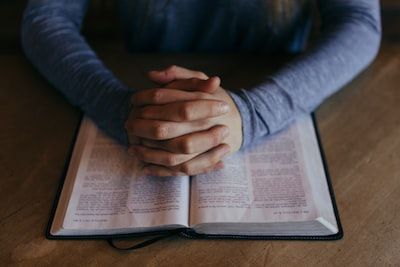7 Overlooked Facts to Prove the Son of God was Truly Risen from the Dead
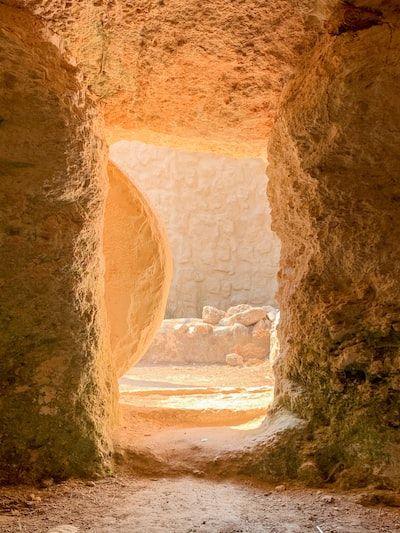
The empty tomb of Jesus is one of the most significant events in human history. For centuries, it has been the focus of intense debate and scrutiny and remains the cornerstone of Christianity. As we commemorate this time of year, we are reminded not only of the resurrection of Jesus but also of the undeniable truth of the empty tomb. Although many people, including historians, philosophers, and theologians, have been skeptical, there is a general consensus that a man named Jesus was crucified on a Roman cross on a Friday and was buried in a tomb. The tomb was later discovered empty on Sunday morning. Countless people, including James, His half-brother who once doubted His identity as the Messiah (John 7:5), witnessed Jesus alive after His death (1 Corinthians 15:7). The question that lingers for the doubters today is this: what could possibly explain the empty tomb? A variety of creative and even comical ideas are presented in an effort to explain this fact. It is worth noting that no one in the ancient world has ever disputed that the tomb was empty on Sunday morning, even those who crucified Jesus. It is also significant that the ones who had the most to gain by producing Jesus' body and effectively burying Christianity were not able to do so. The empty tomb is a verifiable truth that confirms the resurrection of Christ. Here are seven overlooked facts about the empty tomb that provide even more evidence of the resurrection. Join us as we delve into these facts and uncover the truth behind the empty tomb, the foundation of Christianity.
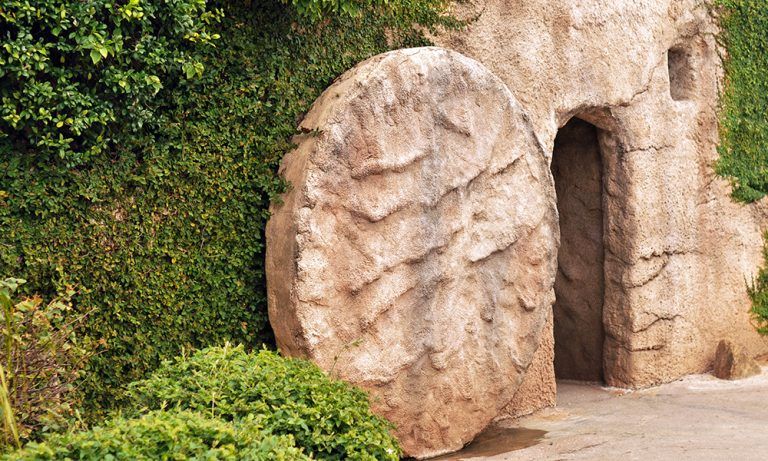
1. The Stone Was Rolled Away
The Gospel accounts record that the stone covering the entrance to the tomb had been rolled away. When Mary Magdalene and the other women arrived at the tomb on the first day of the week, they found the open entrance (Mark 16:4). This may seem like a minor detail, but it is significant because the stone was described as “very great.” It would have covered the entire door so nothing could get in or out. This massive stone would have taken several men to move it. The fact that it was rolled away is evidence that something extraordinary had happened.
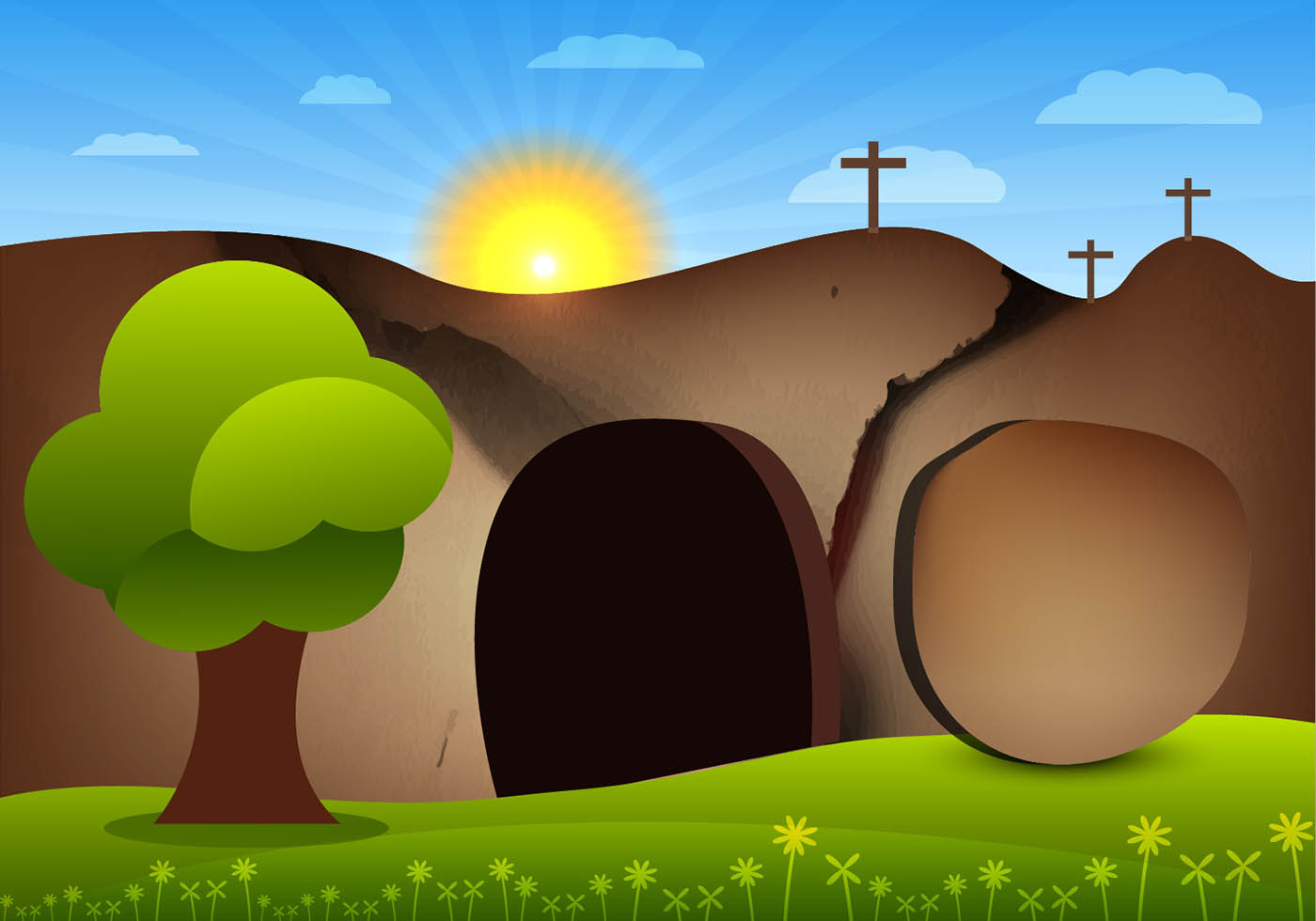
2. The Sealed Tomb Was Empty
When the women came to the tomb on the first day of the week, they found that it was empty (Luke 24:3). This is significant because the tomb was sealed with a Roman seal, and there were Roman guards stationed outside (Matthew 27:66). The seal was meant to prevent anyone from entering or leaving the tomb. If anyone had tampered with the tomb, the guards would have been punished severely. If the disciples had really stolen the body, they would have had to break the Roman seal, overpower the guards, and remove the body from the tomb without being detected. This scenario is extremely unlikely, if not impossible. The fact that the sealed tomb was empty is evidence that something miraculous had happened.

3. The Tomb Was Hewn Out of a Rock
The construction of the tomb holds significant implications for the events that took place. As described in the Gospels the tomb was “hewn out of the rock” (Mark 15:46, Matthew 27:60, Luke 23:53 and John 19:41), meaning it was a solid structure with only one entrance and exit. This detail is crucial because it dispels any arguments that the disciples could have dug a tunnel to remove Jesus' body. The tomb's design ensured that the only way in and out was through the entrance, leaving no room for alternative explanations.
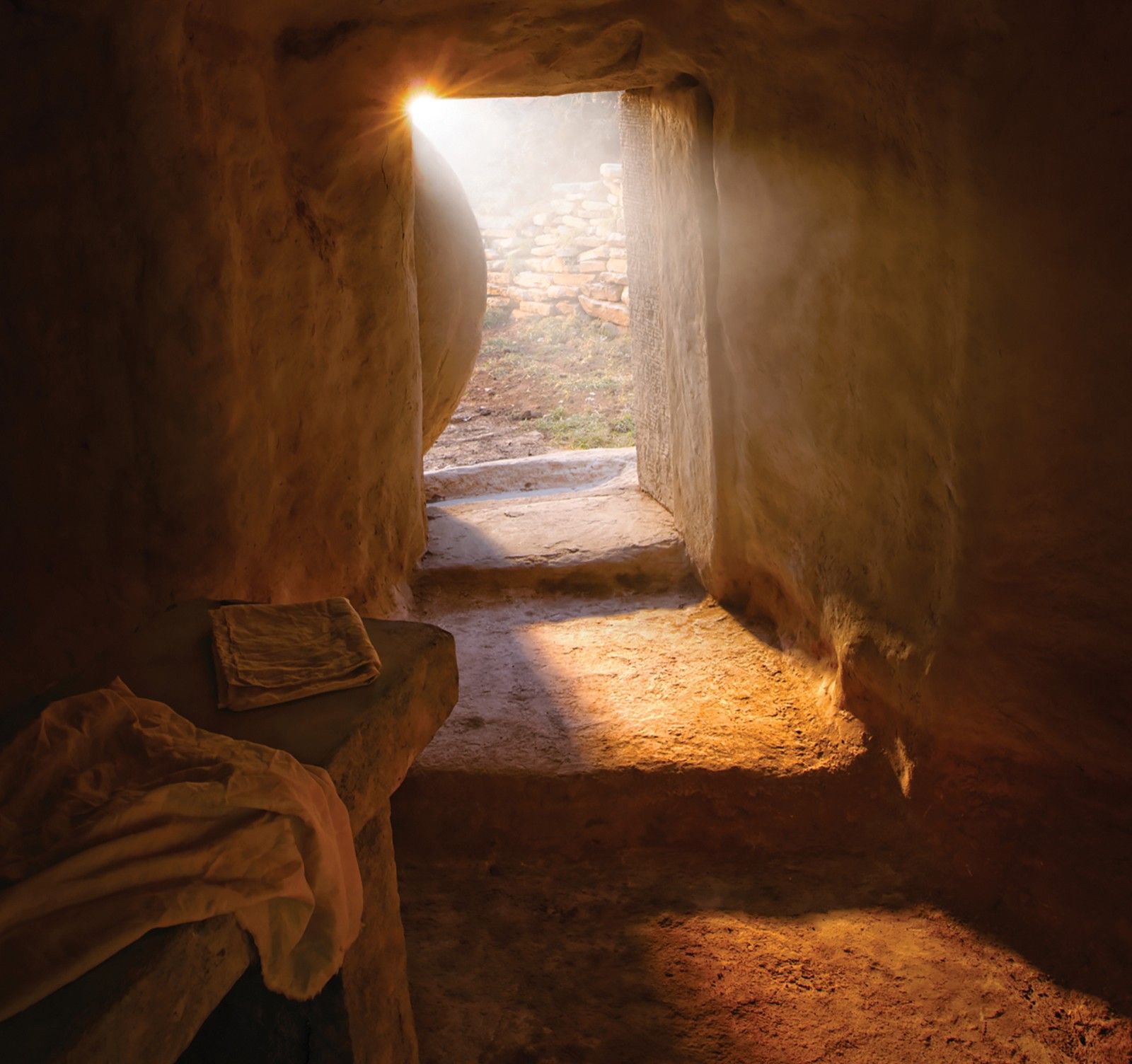
4. The Burial Clothes Were Left Behind
Peter and John came to the tomb and there they found the burial clothes of Jesus neatly folded (John 20:6-7). The fact that the burial clothes were left behind is evidence that the body of Jesus had not been stolen. If someone had stolen the body, they would have taken the burial clothes with them. There’s no apparent reason to leave the burial clothes behind. Remember that the burial clothes were found in a specific arrangement, with the head cloth neatly folded and separate from the other cloths. This indicates that whoever had left the tomb was not in a hurry, but had taken the time to fold the head cloth. In Jewish culture, leaving a tablecloth or napkin neatly folded at a meal indicated that the person who was using it was not finished with their meal and intended to return. The folding of the cloths was a symbolic gesture left by Jesus to reassure his followers of his return.

5. The Burial Spices
Joseph of Arimathea was not alone in his efforts to bury Jesus. John 19:39 states that Nicodemus, another influential Jewish leader, had helped Joseph with the burial. The burial was not a secret or clandestine affair. Nicodemus brought about 100 pounds of myrrh and aloes to Jesus' burial. The presence of such a large amount of expensive spices for burial indicates that Jesus was being prepared for a final resting place, not a temporary one. Joseph and Nicodemus were both respected members of the Jewish society, and their involvement in the burial would have been known to others. Many witnesses saw the preparation and laying of the body, as well as the women who prepared their own spices and ointments to be used for Jesus after the Sabbath (Matt. 26:61; Mark 15:47). There was no hint of a plot among his followers to steal his body. These facts provide further evidence of the reality of Jesus' death and the subsequent resurrection.
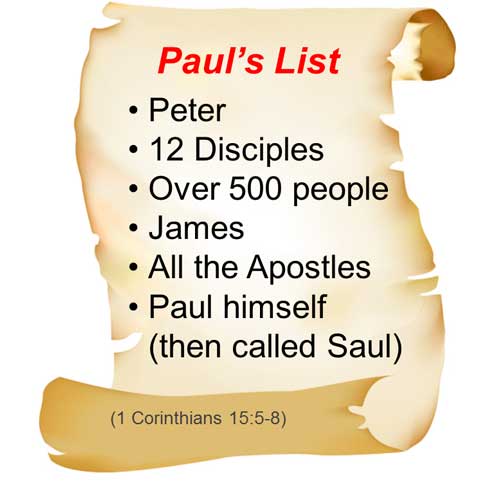
6. The Eyewitness Accounts
After the resurrection, Jesus appeared to many people (John 20:15-17, 19-26; Acts 1:3; 1 Corinthians 15:5-8). These people were not hallucinating or making up stories. They were eyewitnesses to the risen Christ. On one occasion there were over 500 witnesses who saw the risen Jesus at the same time. On the road to Damascus, Saul the persecutor of Christians had an encounter with the risen Christ that radically transformed him into the Apostle Paul, the ardent preacher of the Son of God (Acts 9:1-22). These accounts provide further evidence for the reality of the resurrection.
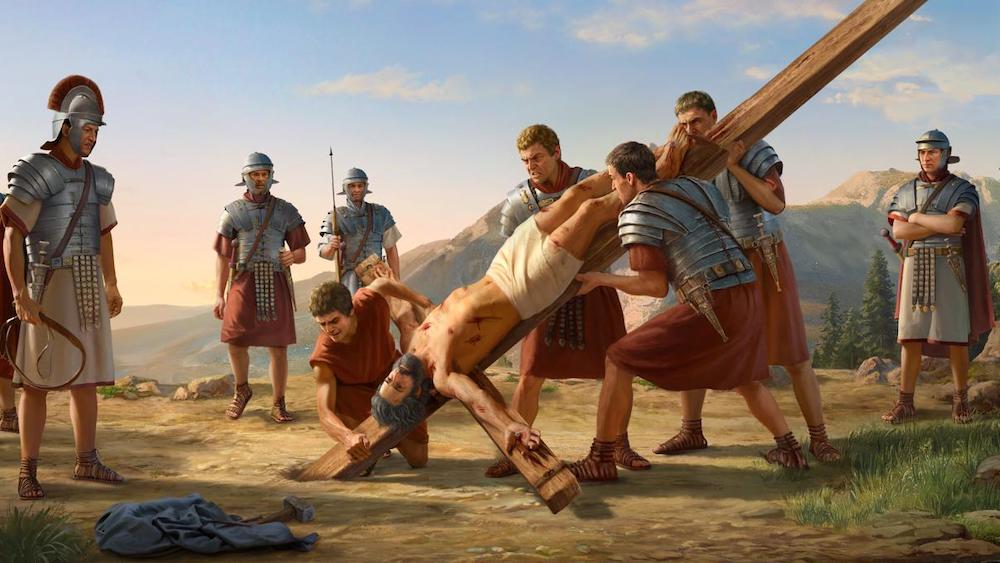
7. The Transformation of the Disciples
The resurrection of Christ transformed the lives of his disciples and followers. Before the resurrection, the disciples were afraid and confused. After the resurrection, they were bold and fearless. After seeing the risen Christ, they were no longer afraid and boldly proclaimed the gospel, even in the face of persecution and death. (Acts 4:13-20) These men dedicated their lives to proclaim the news of the risen and living Christ. They were willing to suffer and even die for their belief in Jesus. This transformation is evidence that something extraordinary had happened. They had seen the risen Christ, and it had changed their lives forever.
Conclusion:
Christ is risen! The evidence for the resurrection of Jesus is overwhelming. The empty tomb, the burial clothes, the eyewitness accounts, and the transformation of the disciples all point to the reality of the resurrection. As we commemorate this season, let us remember that the empty tomb is not just a symbol or a historical fact, but it also has profound theological implications. The resurrection of Jesus Christ is the foundation of the Christian faith, and it demonstrates that Jesus is indeed the only begotten Son of God and the only way to eternal life. His empty tomb is a continuing proclamation of the power of the Son of God over sin and death.
Did Jesus REALLY die?
The Son of God with Power: Unpacking Romans 1:4
Related Video
Do you have the resurrection power of the Son of God?
Write your awesome label here.


